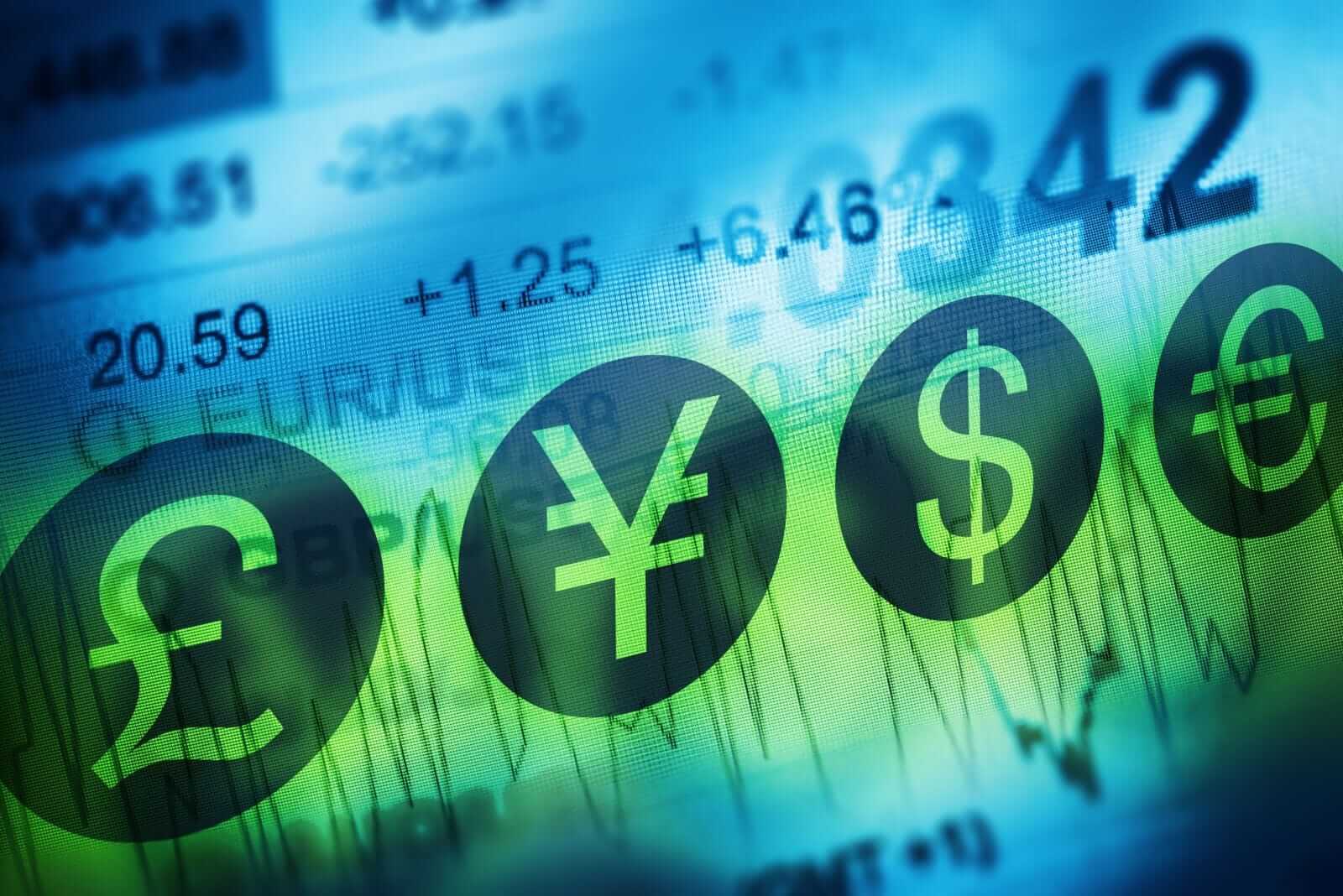
The dollar index (DXY00) on Friday rose by +0.55% as it rebounded from Thursday’s 4-1/4 month low. Hawkish Fed comments Friday that pushed back against imminent Fed rate cuts gave the dollar a boost. Also, the weakness in stocks Friday increased liquidity demand for the dollar.
Friday’s U.S. economic news was below expectations and bearish for the dollar. The Dec Empire manufacturing survey general business conditions index fell -23.6 to a 4-month low of -14.5, weaker than expectations of 2.0. Also, Nov manufacturing production rose +0.3% m/m, weaker than expectations of +0.5% m/m. In addition, the Dec S&P manufacturing PMI unexpectedly fell -1.2 to 48.2, weaker than expectations of an increase to 49.5 and the lowest level in 4 months.
Hawkish Fed comments on Friday were supportive of the dollar. New York Fed President Williams said the question now is whether we're sufficiently restrictive and "we aren't really talking about rate cuts" now, and it is "premature" to be thinking about a March rate cut. Also, Atlanta Fed President Bostic said policymakers still need "several months" to see enough data and gain confidence that inflation will continue to fall, and he expects the Fed to begin cutting interest rates "sometime in the third quarter" of 2024 if inflation falls as expected.
The markets are discounting the chances for a -25 bp rate cut at 10% for the Jan 30-31 FOMC meeting and at 77% for the March 19-20 meeting.
EUR/USD (^EURUSD) on Friday fell by -0.81%. The euro on Friday was under pressure from a stronger dollar. Also, weaker-than-expected Eurozone economic news weighed on EUR/USD after Eurozone Dec manufacturing and service sector activity contracted more than expected. In addition, Friday’s slump in the 10-year German bund yield to an 8-1/2 month low weakened the euro’s interest rate differentials.
The Eurozone Dec S&P manufacturing PMI was unchanged at 44.2, weaker than expectations of an increase to 44.6. Also, the Dec S&P composite PMI unexpectedly fell -0.6 to 47.0, weaker than expectations of an increase to 48.0.
Swaps tied to ECB meeting dates are discounting the chances for a -25 bp rate hike at 8% for the January 25 ECB meeting and 57% for the March 7 meeting.
USD/JPY (^USDJPY) on Friday rose by +0.16%. On Friday, the yen gave up early gains and turned lower as hawkish Fed comments pushed the dollar higher. The yen on Friday initially moved higher on a decline in T-note yields and on comments from Japanese Finance Minister Suzuki that sparked short covering in the yen when he said the government will continue to monitor currency movements “closely.”
Japanese economic news Friday was mixed for the yen. The Japan Dec Jibun Bank manufacturing PMI fell -0.6 to 47.7, the weakest level in 10 months. However, the Dec Jibun Bank services PMI rose +1.2 to 52.0.
February gold (GCG4) Friday closed -9.20 (-0.45%), and Mar silver (SIH24) closed -0.232 (-0.95%). Gold and silver prices Friday settled moderately lower. A stronger dollar Friday weighed on metals prices. Also, hawkish comments Friday from New York Fed President Williams undercut gold prices when he pushed back against speculation about Fed rate cuts as soon as March. Silver prices were under pressure on industrial metals demand concerns after U.S. Nov manufacturing production, the U.S. Dec S&P manufacturing PMI, and the Japan Dec Jibun Bank manufacturing PMI reports were all weaker than expected. A supportive factor for precious metals on Friday was lower global bond yields.
On the date of publication, Rich Asplund did not have (either directly or indirectly) positions in any of the securities mentioned in this article. All information and data in this article is solely for informational purposes. For more information please view the Barchart Disclosure Policy here.






